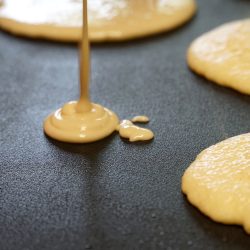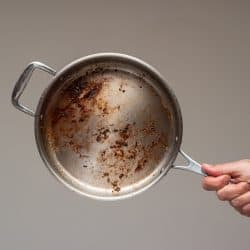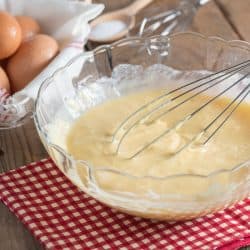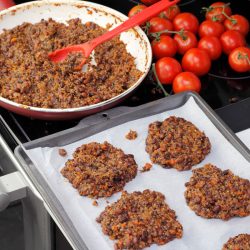Along with burnt toast and busted yolks, stuck pancakes are a huge brunchtime bummer. Unfortunately, it's challenging to pin-down one cause behind this sticky scenario. Cooking pancakes may seem simplistic, but in reality, many factors influence these delicious cakes. Thankfully, we've researched some pro strategies that could prevent your pancakes from sticking to your pan.
Here are a few strategies to keep your pancakes from sticking to the pan:
- Always opt for a nonstick frying pan.
- Wash and dry your frying ban before use to ensure there's no residual debris.
- Wipe your nonstick pan with an oil-drenched paper towel before use.
- Gently mix your batter and let it sit for at least 20 minutes before pouring.
- Only cook your pancakes over low to medium heat.
- If you're not having luck on the stovetop, you could try baking pancakes in the oven.
Cooking the perfect pancakes is a delicate art that requires practice and patience. However, you could save yourself a ton of aggravation by following the simple tips below.
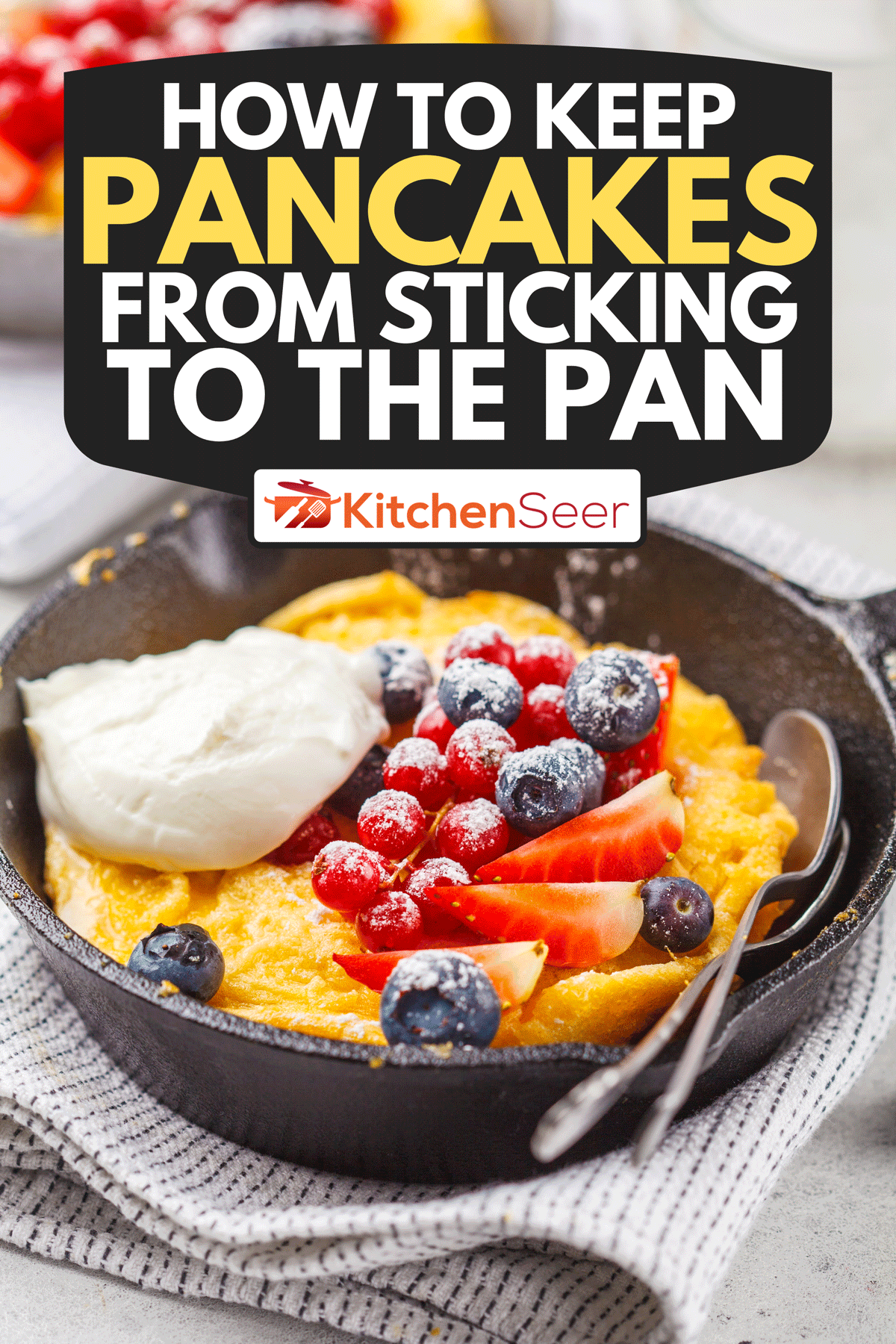
Why Do Pancakes Get Stuck To A Frying Pan?
There could be numerous explanations for why your pancakes are getting stuck to the pan. Here are just a few of the most common reasons:
- Your pan doesn't have a nonstick surface.
- You didn't evenly coat your pan with enough oil or butter.
- You didn't let your pancake mix sit for at least 20 minutes.
- The heat you set your stovetop at was too high.
- You flipped your pancakes too late.
If you didn't understand any of these issues, no worries. We'll run through each of these common issues below.
The Best Ways To Prevent Pancakes From Sticking To The Pan
Choosing The Perfect Pan For Pancakes – The Advantages Of Nonstick
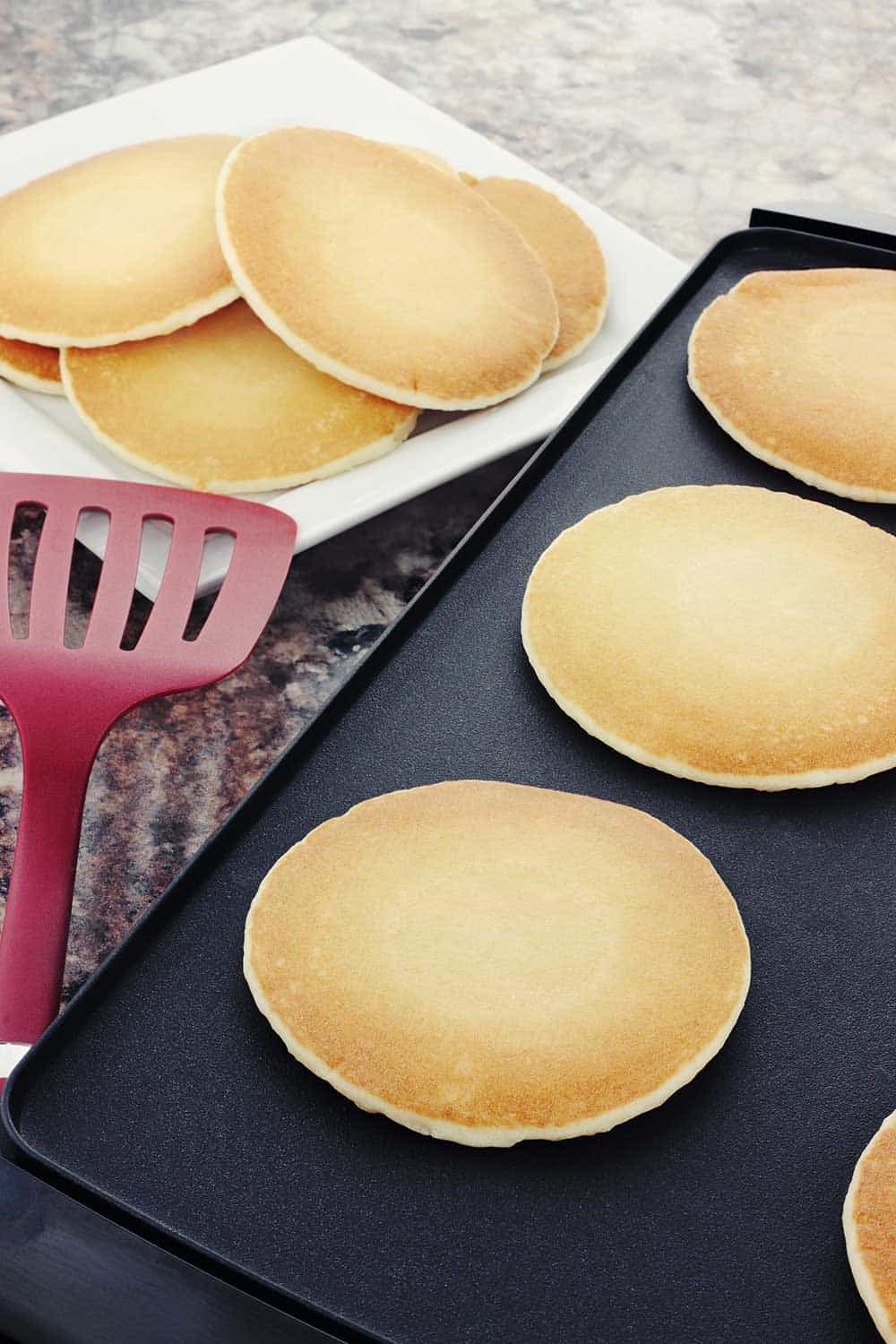
Although it might seem like a sacrilege to pastry purists, a nonstick frying pan is the best choice for pancakes. This convenient nonstick coating provides a fantastic layer of protection between your pancake batter and your pan's surface. Although you'll probably still need some cooking oil, you could get away with less on these pans.
Oh yeah, and don't worry about this nonstick layer degrading during your pancake sessions. If you've read our previous post, "Should A Wok Be Nonstick," you know that nonstick coatings can't handle high heat. Thankfully, since you cook pancakes at low-to-medium heat, you shouldn't have major concerns.
As a bonus, many companies now offer traditional griddles and cast-iron skillets with nonstick coatings. Be sure to check out a few models designed with pancakes in mind.
Find out more on this Amazon link.
By the way, if you're more interested in cooking with a griddle, be sure to read our guide on "What To Cook On A Griddle."
For The Best Batter, Take A Long Coffee Break!
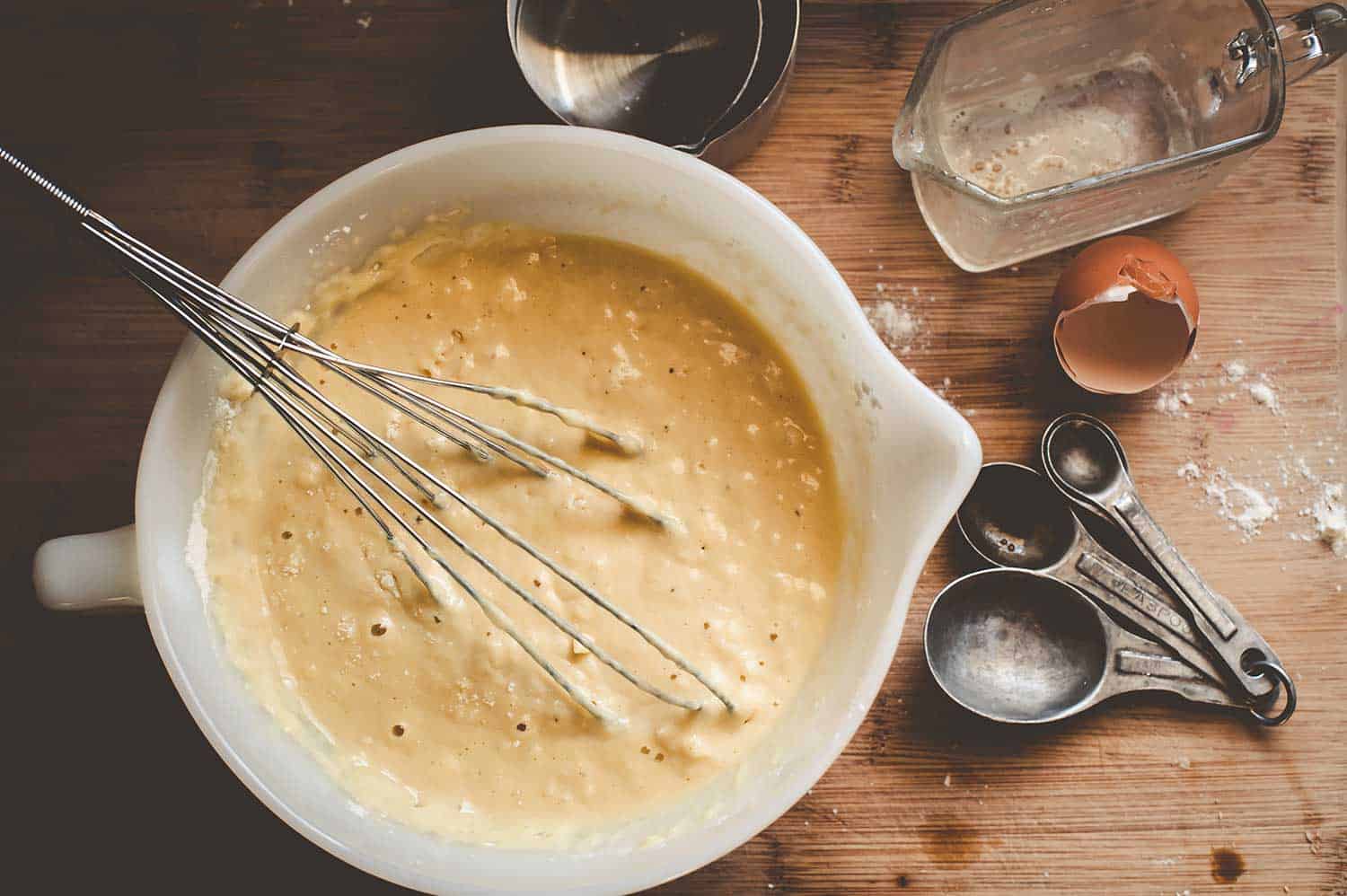
If you're serious about pancake perfection, then you need to cultivate a bit of patience. This is especially true after you've mixed your dry and wet ingredients.
Flour molecules need extra time to absorb water thoroughly. If you were to transfer your pancake mix directly onto a hot skillet, there's a chance these flour particles could be too dry and stick to your pan.
So, how long do you have to let your pancake batter sit? There's no official timeframe, but most chefs recommend a minimum of 20 minutes. To help the time pass more quickly, plan to set your table, wash your dishes, or take a little coffee break after mixing your batter.
A Quick Cautionary Note On Overmixing
While we're on the subject of making your batter, please be careful not to overmix. It's a-OK to see clumps and lumps in your pancake mix. While silky smooth batter may look pretty, it won't make a tasty pancake.
As you mix your batter, you're going to create a lot of gluten, which will make your pancakes tougher to chew. The less gluten you form, the better chance you'll have a delicious pancake experience.
Can You Cook Pancakes Without Oil?
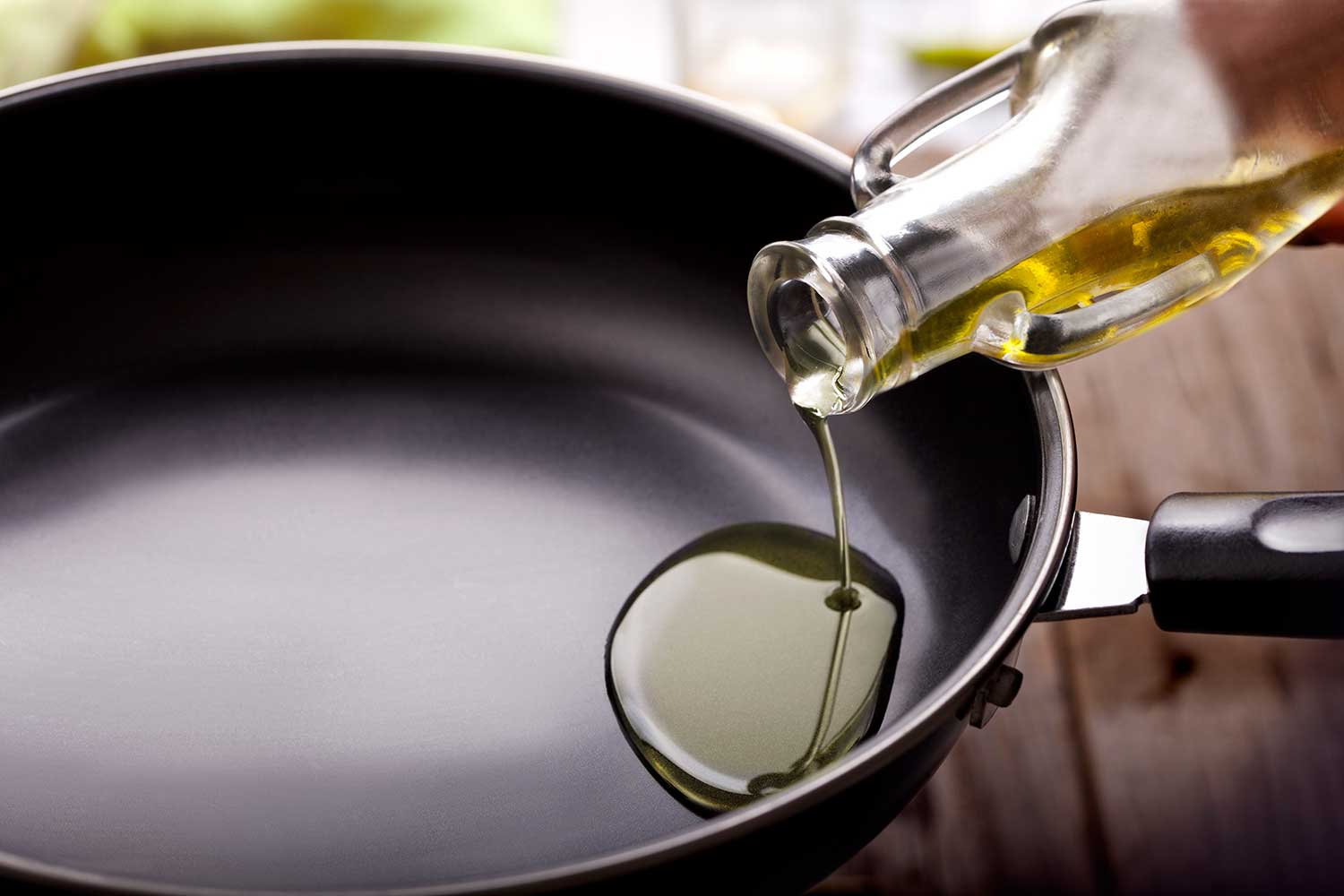
Even if you have a nonstick pan, it's not a great idea to cook pancakes without a thin layer of oil. The extra coating of oil provides essential lubrication between your batter and pan. Plus, a little dab of oil could improve the longevity of your pan's nonstick surface.
If you have a nonstick pan, you don't need a ton of oil to effectively coat your pan. In fact, most chefs recommend only pouring ½ teaspoon of vegetable or canola oil over your pan and then wiping it with a clean paper towel.
The goal here is to create a thin and even layer of oil all around your pan. Big splotches of oil will create heat pockets, resulting in uneven heat distribution and a greater chance of sticking.
Be sure to watch how the pros at America's Test Kitchen put oil on their griddle before cooking their official pancake recipe:
Is Oil Better Than Butter When Cooking Pancakes?
One of the great debates in the pancake community is whether to use oil or butter. The truth is, both of these fats do a great job preventing your pancakes from sticking. So, choosing between butter or oil largely depends on your tastes.
In most cases, people who use oil opt for vegetable or canola primarily because they won't interfere with your pancakes' flavor. Plus, both of these oils have relatively high smoke points. Even though you shouldn't cook your pancakes at high temps, it's nice to know you don't have to worry about burnt flavors.
Butter has the advantage of adding a rich, creamy flavor to your pancakes. On the downside, you have to be extra careful about burning your butter. Unlike many oils, butter has a low smoke point, which means it could go bad at even medium-high temps.
Thankfully, there is an easy way to avoid this common scenario: make clarified butter! For those who don't know, clarified butter is just regular butter with the milk solids removed. When chefs remove these milk solids, they create clarified butter—which has a higher smoke point and a remarkable flavor.
Thankfully, it's not all that hard to make clarified butter at home. Be sure to watch this Allrecipes video guide to find out more:
If you don't feel like going through all of this effort, you could buy ultra-clarified ghee online:
Find out more on this Amazon link.
Do You Cook Pancakes On High Or Low Heat?
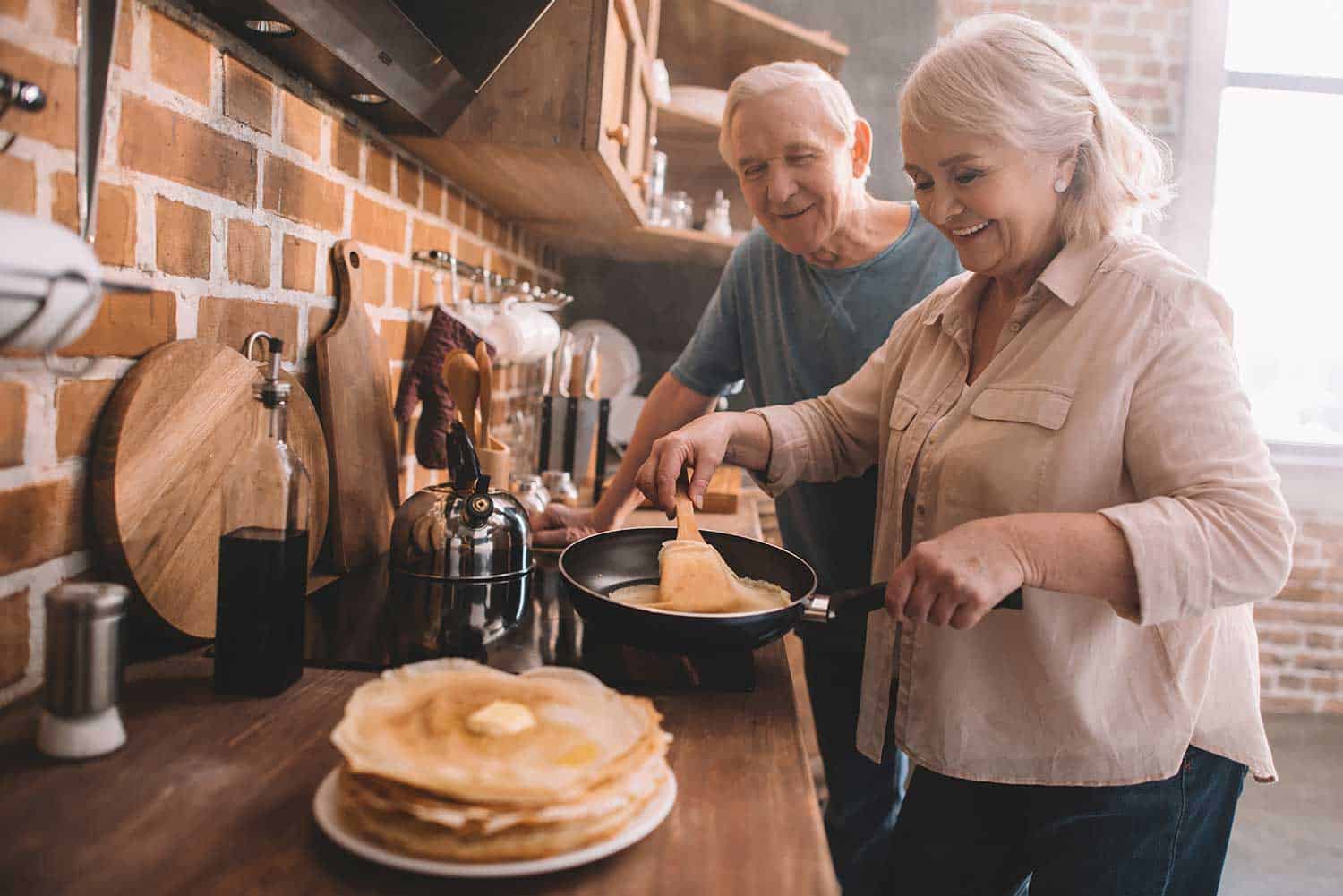
While you want your pan to be hot before you pour your first pancakes, please don't crank your stove to the highest setting! Remember, we're not making stir-fry; we're making delicate pancakes! To ensure you get that golden color on your cakes, it's best to cook them at a low to medium temperature.
Starting with a scorching stovetop won't heat your pancakes thoroughly. Plus, hotter pans could increase the odds they stick to your pan.
The easiest way to evaluate your pan's temp is to pour a tiny "sacrificial" pancake in the center. Flip this pancake after about one minute and make sure it looks (and tastes) good. After you're satisfied with this test pancake, continue cooking with your batter.
Can You Cook Pancakes In The Oven?
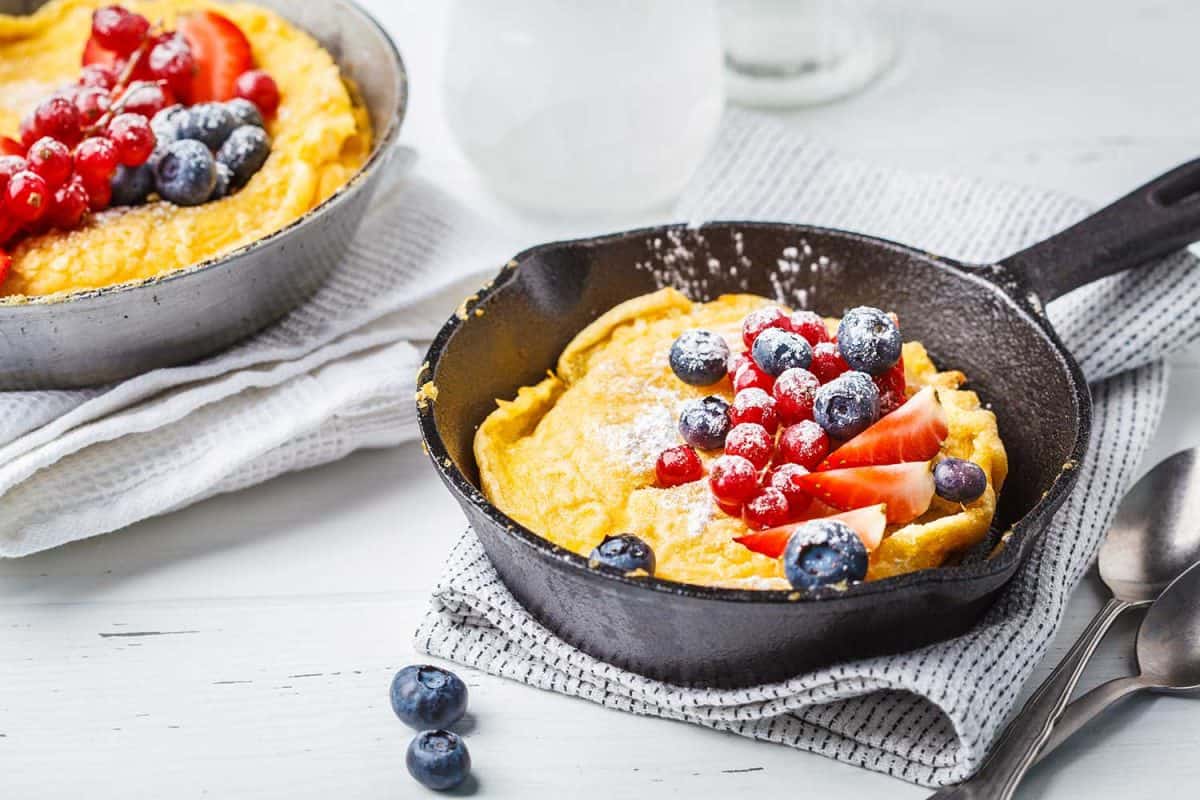
If you want to avoid cooking on the stovetop entirely, consider baking your pancakes in the oven. Yes, oven-baked pancakes are very real and very versatile.
Most chefs recommend using a well-greased nonstick skillet in their recipes. Pour your desired amount of batter and transfer this skillet into an oven set at around 280°F. Constantly monitor these pancakes and pull them out within about 10 minutes.
Click this Amazon link for more details.
For more inspiration, be sure to check out this blueberry oven-baked pancake recipe:
Why Are My Pancakes Raw In The Middle?
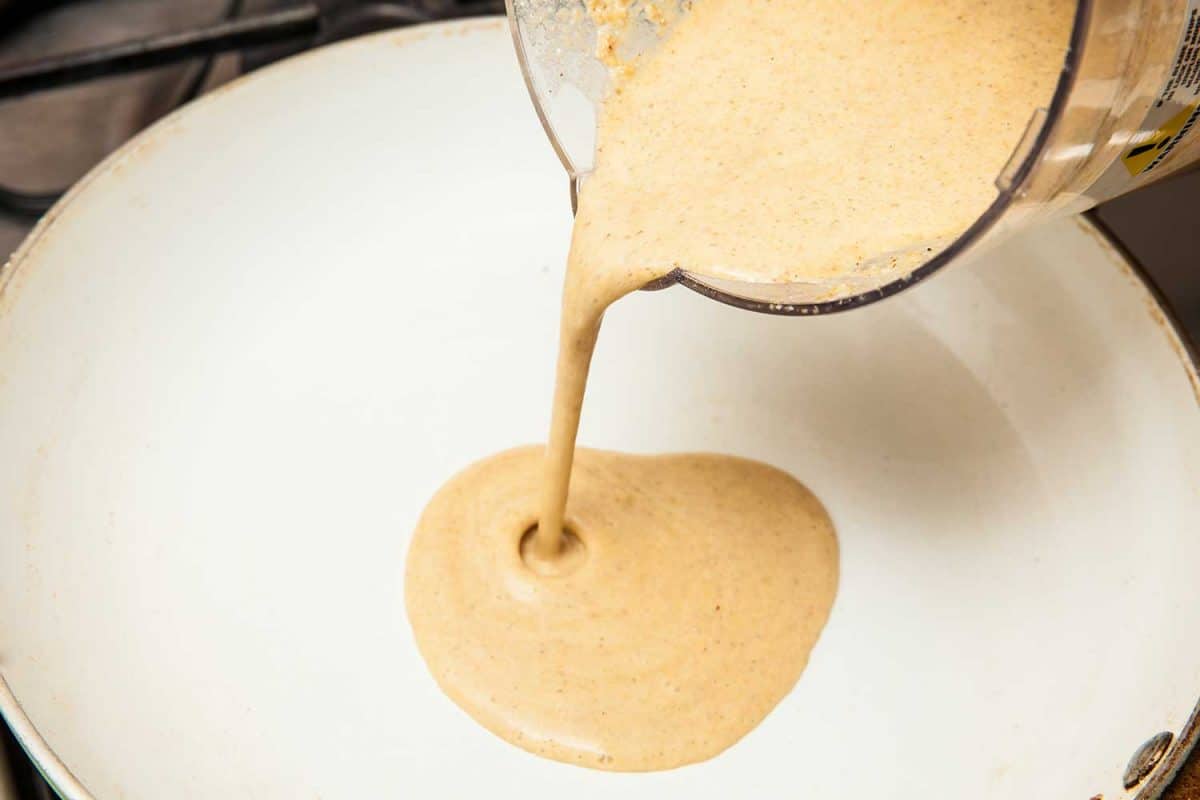
The most common reason your pancakes are raw in the middle is that your cooking temp is too high. It takes longer for heat to fully penetrate each pancake's center, which means you need to keep your stovetop no higher than medium.
Please check the temperature setting you use on your stovetop. If you feel it's too high, consider dialing your temperature back a bit and see how your pancakes turn out.
Some chefs even recommend putting a lid on your pan to create a mini-oven. The extra insulation your cover provides will speed up the cooking process, so be sure to keep a close eye on your pancakes.
Good Luck Flipping Your Flapjacks!
If you're new to making pancakes, it may take some trial and error to figure out your preferred technique. However, if you use the tips listed above, you shouldn't have an issue with pancakes sticking to your pan. For extra assistance, be sure to check out our preferred pancake spatula in KitchenSeer's Ultimate Kitchen Utensils List.




